
Trichinosis is a parasitic disease caused by infection with a roundworm Trichinella spiralis. This pathogen is also known as the trichina worm. This parasite normally occurs in rats, pigs, bears and humans, and it is also known under the name “pork worm”, since it is usually found in undercooked pork products. However, the disease is also contracted by eating undercooked game, bear meat, or home-reared pigs. It is quite rare in the Western world, but very common in the developing countries where meat fed to pigs is raw or undercooked or where the raw or undercooked pork and wild game may be consumed as delicacies. The former is especially common in certain parts of Europe.
Trichinella
Trichinella is the smallest nematode parasite of humans. Usually, humans become affected by eating infected pork or wild meat-eating animas such as fox, cat or bear. The adult worms of trichinella mature in the intestines of their host (pig, for example) and adult females produce live larvae, which typically bore through the walls of the intestines, reaching the blood to feed on it. Once when they get into the blood system, the larvae are carried to striated muscle, a form of fibers that are combined into parallel fibers. When the larvae get into the muscle they encrust, becoming enclosed in a capsule. When humans eat infected meat, they actually eat the encrusted larvae, which are then released from the capsule once when the capsule dissolves in the stomach pH. Once released, the larvae migrate to the intestine where they burrow into the mucosa and reproduce. Symptoms of infection include diarrhea, nausea, heartburn, and dyspepsia. When the larvae start to migrate to the muscles, the body starts with the inflammatory reaction resulting in swelling, muscle pain, weakness and fever. The classic symptom is swelling around the eyes.
Prevention of trichinosis
Trichinosis is relatively easy to prevent once when the people understand all the dangers of consuming raw and undercooked meat. Some of the trichinella subtypes may be inactivated by freezing. However, most of them can survive long-term freezing and the only way to make sure larvae are inactivated is to cook meet to an internal temperature of 165 °F for a minimum of 15 seconds. Wild game meat should be cooked thoroughly and freezing it usually isn’t enough to kill all warms. Cooking food in microwave ovens or by curing, drying, and smoking are classified as unsafe and unreliable methods of food processing.
Standards of hygienic pig farming are also one of the methods of prevention. They include cooking all meat fed to pigs, keeping pigs in clean pens, and controlling and destruction of meat containing trichinae.




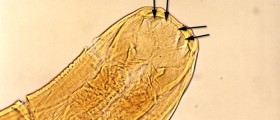
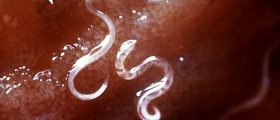
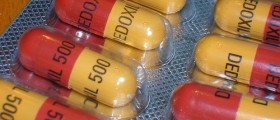
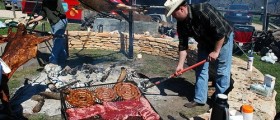
_f_280x120.jpg)





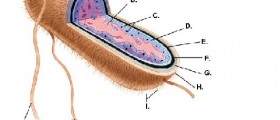


Your thoughts on this
Loading...